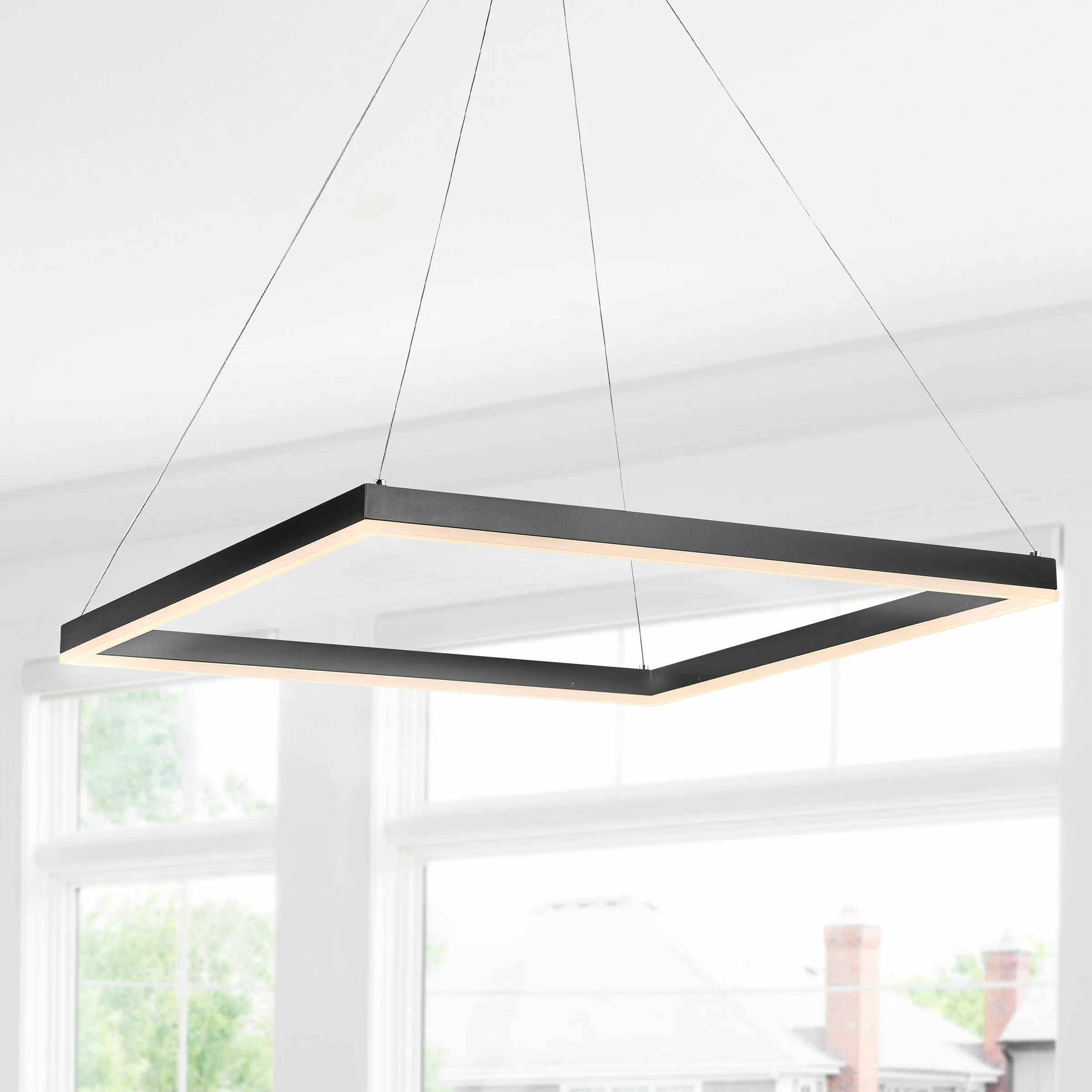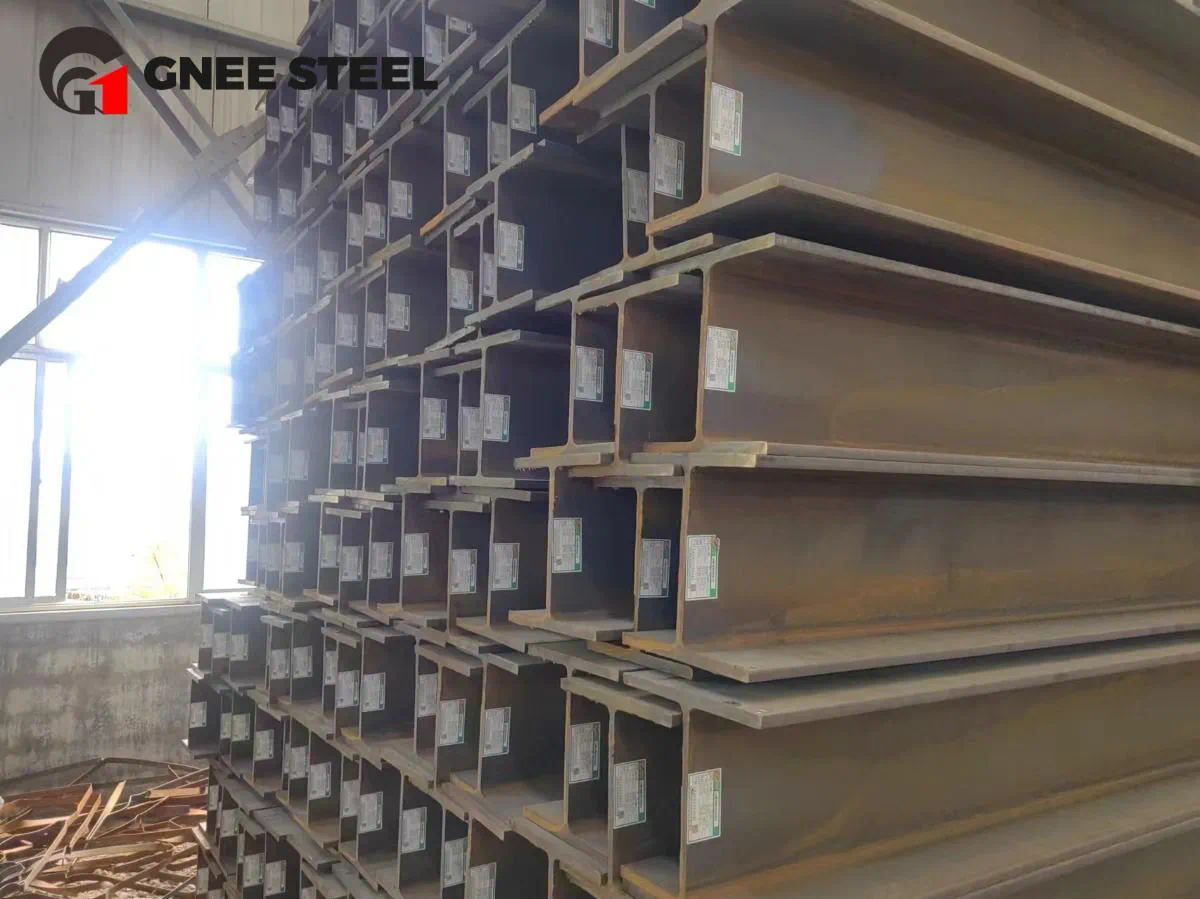Differences Between Glass Lined and Stainless Steel Reactors
Glass Lined vs. Stainless Steel Reactors: A Comprehensive Comparison
When it comes to selecting the right reactor for industrial processes, two common options often arise: glass lined reactors and stainless steel reactors. Both have distinct characteristics, advantages, and limitations that make them suitable for different applications. This comprehensive guide will delve into the intricacies of each type, comparing their features, benefits, and drawbacks in detail.
Glass Lined Reactors
Glass lined reactors are known for their protective glass coating that lines the interior of a metal reactor vessel. This coating is typically made from high-quality borosilicate glass or similar materials. The primary purpose of this glass lining is to provide a barrier that protects the underlying metal from corrosive substances and harsh chemical reactions.
Advantages of Glass Lined Reactors
1. Corrosion Resistance: One of the most significant benefits of glass lined reactors is their excellent corrosion resistance. The glass lining acts as a protective layer that shields the metal substrate from corrosive chemicals, ensuring longevity and reducing maintenance needs. This is particularly valuable in industries dealing with highly acidic or alkaline substances.
2. Chemical Inertness: The glass lining is chemically inert, meaning it does not react with the substances processed within the reactor. This property is crucial for maintaining the purity of the reactions and preventing contamination.
3. Smooth Surface: The glass lining provides a smooth, non-porous surface that reduces the potential for fouling and build-up of residues. This smooth surface facilitates easier cleaning and ensures consistent performance over time.

4. Transparency: Glass lined reactors often allow for visual inspection of the process through the transparent glass. This feature can be beneficial for monitoring reactions and ensuring that processes are running as expected.

Disadvantages of Glass Lined Reactors
1. Fragility: Despite their protective nature, the glass lining can be relatively fragile compared to other materials. Mechanical stress or impacts can cause the glass to crack or chip, potentially compromising the reactor’s effectiveness.
2. Cost: Glass lined reactors can be more expensive than their stainless steel counterparts, both in terms glass lined reactor spark test of initial investment and maintenance. The process of applying the glass lining and the material itself contribute to the higher cost.
3. Temperature Limitations: Glass lined reactors may have limitations regarding the operating temperature range. Extreme temperatures can affect the integrity of the glass lining, potentially leading to issues with the reactor’s performance.
Stainless Steel Reactors
Stainless steel reactors, on the other hand, are made from stainless steel, an alloy known for its strength, durability, and resistance to corrosion. Stainless steel reactors come in various grades, each offering different properties and performance characteristics suited for specific applications.
Advantages of Stainless Steel Reactors
1. Durability: Stainless steel reactors are renowned for their robustness and durability. The material can withstand high pressure and temperature conditions, making it suitable for a wide range of industrial processes.
2. Versatility: Stainless steel reactors can be used with a variety of chemicals and substances. The material’s resistance to corrosion and staining makes it adaptable to different environments and processing needs.
3. Ease of Maintenance: Stainless steel surfaces are relatively easy to clean and maintain. The material does not harbor bacteria or residues, which simplifies the cleaning process and ensures hygienic conditions.
4. Cost-Effectiveness: Compared to glass lined reactors, stainless steel reactors can be more cost-effective in terms of both initial investment and long-term maintenance. The material’s durability often leads to lower overall costs over the reactor’s lifespan.
Disadvantages of Stainless Steel Reactors
1. Corrosion: While stainless steel is resistant to many types of corrosion, it is not immune. Certain aggressive chemicals, particularly chlorides, can cause pitting and other forms of corrosion over time.
2. Chemical Interaction: Unlike glass lined reactors, stainless steel can sometimes react with certain chemicals, which may affect the purity of the reaction or the integrity of the reactor.
3. Surface Finish: The surface finish of stainless steel reactors may not be as smooth as that of glass lined reactors. This can lead to issues with fouling and residue build-up, requiring more frequent cleaning.
Application Considerations
When choosing between glass lined and stainless steel reactors, several factors should be considered:
1. Type of Chemical Process: The nature of the chemicals being processed plays a crucial role in reactor selection. Highly corrosive substances might necessitate a glass lined reactor, while more moderate conditions may be suitable for stainless steel.
2. Temperature and Pressure Conditions: The operating temperature and pressure requirements of the process should align with the capabilities of the reactor. Glass lined reactors have limitations in extreme conditions, whereas stainless steel reactors can handle a broader range.
3. Maintenance and Cleaning: Consider the ease of maintenance and cleaning required for your application. Glass lined reactors offer smooth surfaces that are easier to clean, while stainless steel reactors may require more frequent maintenance due to potential fouling.
4. Cost Constraints: Budget considerations will impact your choice. While glass lined reactors offer specific advantages, they come with higher costs. Stainless steel reactors, being more cost-effective, may be a better choice for some applications.
Conclusion
In summary, both glass lined and stainless steel reactors have their unique advantages and drawbacks. Glass lined reactors excel in providing corrosion resistance and maintaining chemical purity but may suffer from fragility and higher costs. Stainless steel reactors offer durability, versatility, and cost-effectiveness but may face challenges with corrosion and surface finish.
The choice between these two types of reactors should be based on a thorough assessment of the specific requirements of your process, including chemical properties, operating conditions, maintenance needs, and budget constraints. By carefully considering these factors, you can select the reactor that best meets your needs and ensures optimal performance for your industrial applications.
https://tmsmicro.com/
